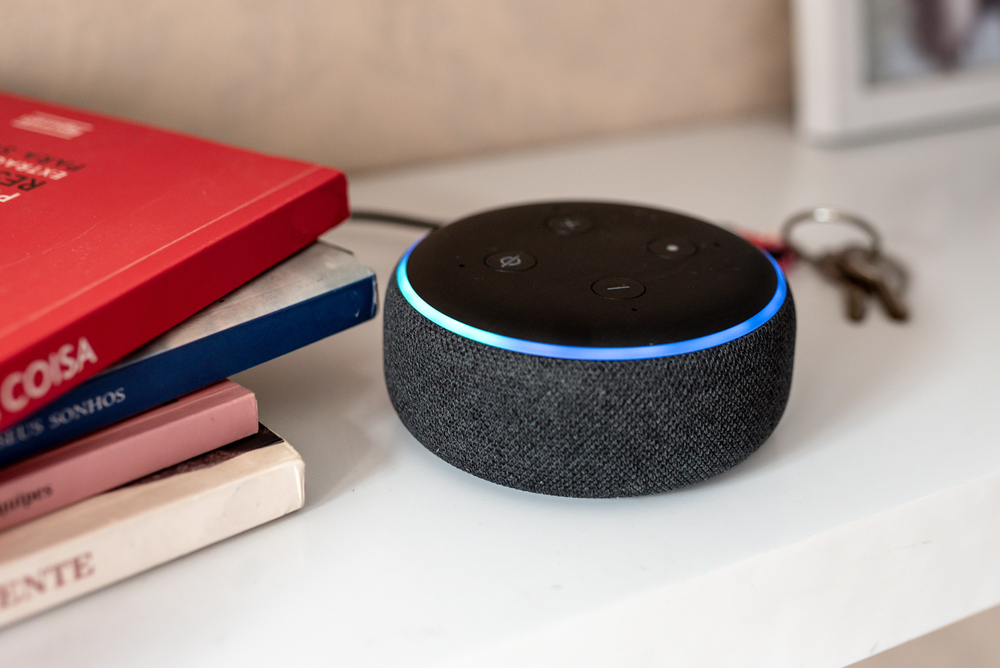Amazon has integrated a significant language model, dubbed Alexa LLM, into its voice assistant, Alexa, with a primary focus on enhancing smart home control. This integration aims to improve the assistant’s ability to comprehend spoken commands, grasp context more effectively, and execute multiple operations with a single directive. However, it’s worth noting that in the future, some of Alexa’s features may transition to paid services.

A Specialized Language Model
Dave Limp, Amazon’s Senior Vice President of Devices and Services, explained that Alexa LLM is distinctly tailored for voice assistant and smart home management. This sets it apart from the underlying platforms of chatbots like Bard and ChatGPT. The motivation behind this move stems from the need for fundamental changes in the voice assistant market. While there was immense anticipation when voice assistants first emerged a decade ago, progress has been rather slow, marked by incremental improvements. Generative artificial intelligence could potentially usher in a breakthrough in this domain.
Caution in Implementation
Unlike Microsoft and Google, who swiftly adopted generative AI in their services after the release of ChatGPT, Amazon has proceeded cautiously. Given that Alexa LLM connects directly to smart homes, Amazon is keen to minimize instances of AI errors or hallucinations. The integration will be introduced gradually through a preliminary program spanning several months, exclusively for American users. Users can apply for this program by simply instructing their voice assistant with the command, “Alexa, let’s chat!”
The Path to Paid Services
As generative AI holds the promise of significantly enhancing voice assistant capabilities, it is inevitable that such services cannot remain free indefinitely. In its current form, according to Mr. Limp, Alexa will remain a free service. However, the introduction of a “superhuman” voice assistant capable of handling complex tasks will likely come with a price tag. Initially, Alexa will focus on better understanding user instructions, eliminating the need for specific phrasing or unique names for smart home devices, a common source of frustration among users.
Streamlined Smart Home Control
Generative AI empowers Alexa to interpret sequences of commands within a single phrase, enabling users to create custom scripts without the need for intricate app setups. For example, Amazon’s Vice President, Dave Limp, shared a routine he uses at home: “Alexa, every morning at 8 o’clock, turn on the lights and music in the child’s bedroom to wake him up, and turn on the coffee maker in the kitchen.” These complex scenarios will appear as readily accessible options within the application. Initially, the multi-command feature will support select smart home devices, with plans to expand the range in the future.
Empowering Third-Party Developers
Amazon is also extending the benefits of Alexa’s cognitive capabilities to third-party developers through tools like the Dynamic Controller and Action Controller. These tools allow developers to create commands beyond the standard voice assistant functions. For instance, Dynamic Controller facilitates preset lighting schemes for compatible devices, while Action Controller enables responses to specific statements such as “Alexa, the floor is dirty,” which can trigger a robot vacuum cleaner into action. Leading brands like GE Cync, Philips, GE Appliances, iRobot, Roborock, and Xiaomi have already expressed interest in these tools, with the anticipation of more developers joining the program.
The integration of a large language model into Alexa marks the beginning of a transformative phase in voice assistant development, notes NIXsolutions. Amazon’s ultimate goal is to simplify everyday tasks for users, but the company has yet to reveal its long-term plans.
